Full Trailer Up TODAY! Click On The Link In Our Bio To Watch! #stem #funny #youtube #badjokes #lab #wine
Full trailer up TODAY! Click on the link in our bio to watch! #stem #funny #youtube #badjokes #lab #wine #drinking http://ift.tt/2kXXIDw
More Posts from Drunkscience4u and Others

Go. Get. COVERED! Enrollment started yesterday and ends December 15! Don’t forget!! Please ignore the following hashtags. They are for the sole purpose of spreading this reminder further. #funny #friends #healthylifestyle #congratulations #halloween #naturalhair #makeup #me #meme #memes http://ift.tt/2iTXazP

The ancestor of all vertebrates, including fish, reptiles and humans was a big mouth but apparently had no anus.
The microscopic creature named Saccorhytus, after the sack-like features created by its elliptical body and large mouth, lived 540 million years ago. It was identified from microfossils found in China.
“To the naked eye, the fossils we studied look like tiny black grains, but under the microscope the level of detail is jaw-dropping,” says team member Simon Conway Morris, of the University of Cambridge, in the UK.
Researchers believe it was about a millimetre in size, lived between grains of sand on the sea bed and had a large mouth relative to the rest of its body.
They also think the creature was covered with a thin, relatively flexible skin, had some sort of muscle system which could have made contractile movements and allowed it to move by wriggling.
Continue Reading.

thefactsworld:Pure Vanilla extract has at least 35% alcohol in… http://ift.tt/2jyvRJO






Pan-STARRS solves the biggest problem facing every astronomer
“The science that came out of it alone is staggering. Nobody has had as much astronomical data in all of history as what Pan-STARRS has produced. They’ve discovered about 3,000 new near-Earth objects; tens of thousands of asteroids in the main belt, approximately 300 Kuiper belt objects (about a third of all the Kuiper belt objects ever discovered), and imaged a total of more than three billion verified objects. For those of you wondering, there’s no evidence for or against Planet Nine in the data, but the Pan-STARRS data does support that our Solar System ejected a fifth gas giant in its distant past.”
If you want to observe the night sky, it’s not quite as simple as pointing your telescope and collecting photons. You have to calibrate your data, otherwise your interpretation of what you’re looking at could be skewed by gas, dust, the atmosphere or other intervening factors that you’ve failed to consider. Without a proper calibration, you don’t know how reliable what you’re looking at is. The previous best calibration was the Digitized Sky Survey 2, which went down to 13 millimagnitudes, or an accuracy of 1.2%. Just a few weeks ago, Pan-STARRS released the largest astronomy survey results of all-time: 2 Petabytes of data. It quadruples the accuracy of every calibration we’ve ever had, and that’s before you even get into the phenomenal science it’s uncovered.
Come learn how it’s solved the biggest problem facing every astronomer, and why observational astronomy will never be the same!

If you dropped a water balloon on a bed of nails, you’d expect it to burst spectacularly. And you’d be right – some of the time. Under the right conditions, though, you’d see what a high-speed camera caught in the animation above: a pancake-shaped bounce with nary a leak. Physically, this is a scaled-up version of what happens to a water droplet when it hits a superhydrophobic surface.
Water repellent superhydrophobic surfaces are covered in microscale roughness, much like a bed of tiny nails. When the balloon (or droplet) hits, it deforms into the gaps between posts. In the case of the water balloon, its rubbery exterior pulls back against that deformation. (For the droplet, the same effect is provided by surface tension.) That tension pulls the deformed parts of the balloon back up, causing the whole balloon to rebound off the nails in a pancake-like shape. For more, check out this video on the student balloon project or the original water droplet research. (Image credits: T. Hecksher et al., Y. Liu et al.; via The New York Times; submitted by Justin B.)


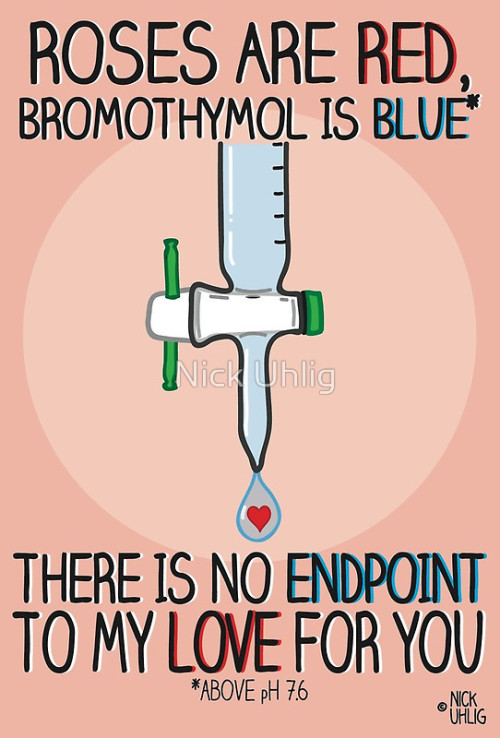
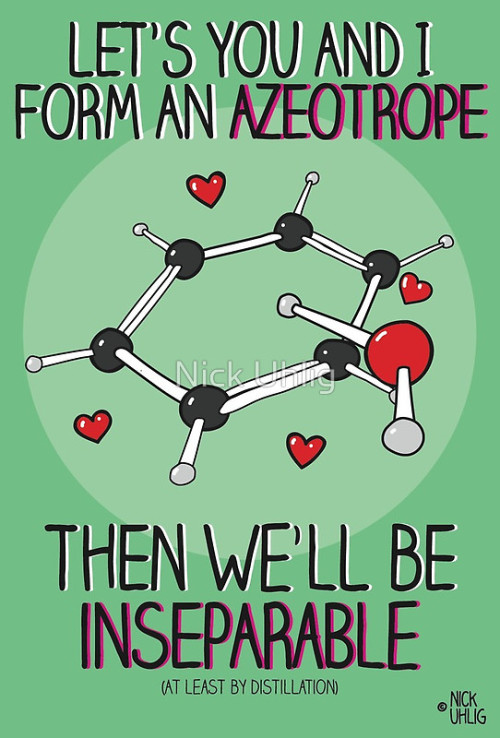
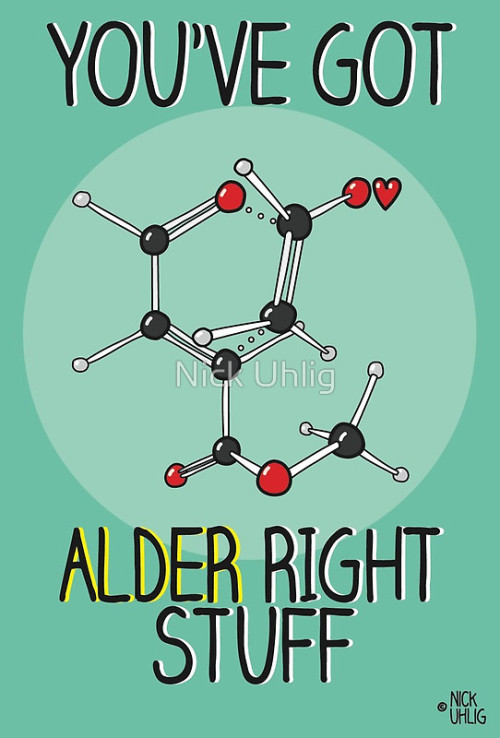
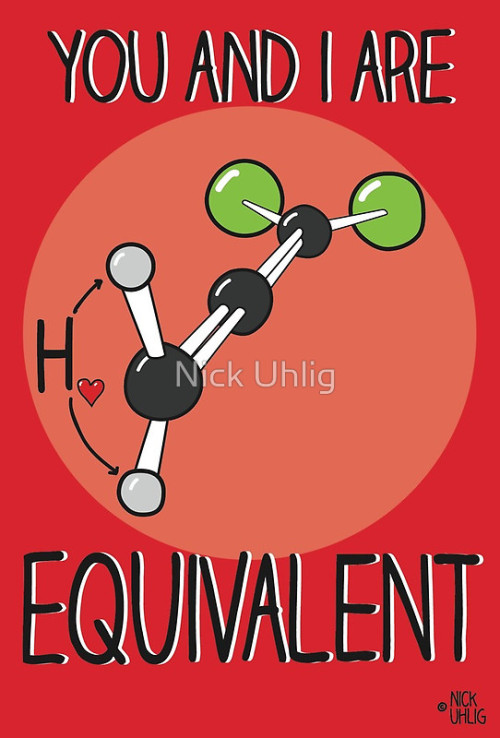
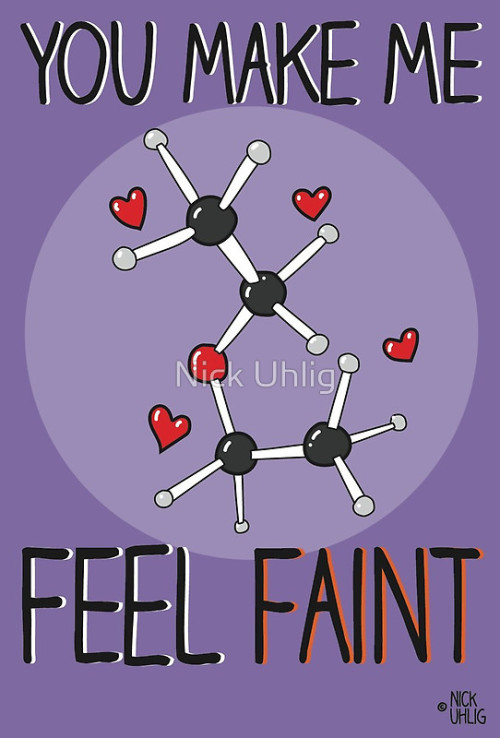

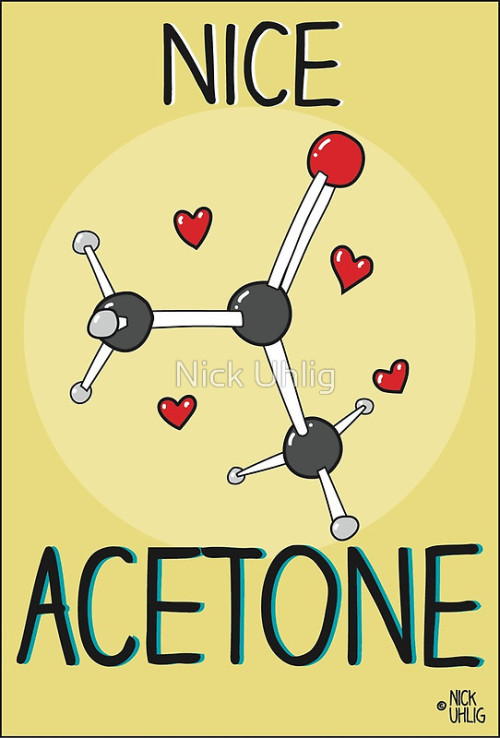
Chemistry Valentine’s Cards by Nick Uhlig.
Nerds at C2E2! We aren't drunk (yet) today but you certainly...Candice is so tired and can't think of what to say. So Rebecca here to finish. Check us out at Adler After Dark on May 18. Come meet us and dip some drunk ass science!!!!! #c2e2 #cosplay http://ift.tt/2pNLUXF
The official page of Drunk Science! An enthusiastic host performs simple experiments and then humorously explains the science behind the result, all while visibly drunk.
126 posts

